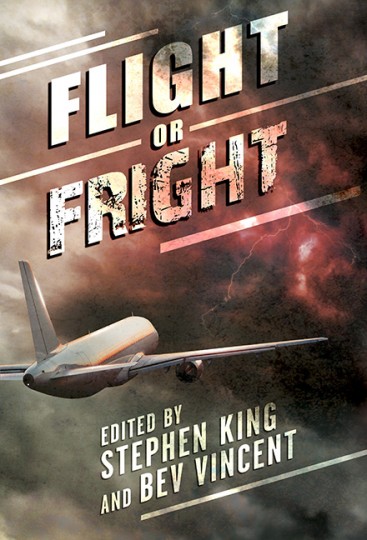[December 2008] (With apologies to Lawrence Block for co-opting and modifying the title of his most excellent book about writing fiction)
Much of what we write about at Storytellers Unplugged has to do with the world of fiction: short stories, novels, screenplays, video games, etc. Today I’d like to spend a little time discussing how everything you know about marketing fiction is the exact opposite of the way things are usually done in the non-fiction world.
Can you imagine the response you’d get if you started sent a query letters to an editor that said, in effect: I have a great idea for a short story that I’d like to sell to you. Here is what the story will be about. Would you buy this idea so I can start writing the story?
If you received any response at all to this query, it probably wouldn’t be very encouraging—and perhaps not printable in this blog. With fiction you write, then you sell. For non-fiction, you sell, then you write.
Non-fiction projects are typically sold via a proposal. Before I started shopping around my idea for The Road to the Dark Tower, I researched the process. At the back of Jeff Herman’s Guide to Book Publishers, Editors, & Literary Agents, I found a valuable resource: a section titled “The Knockout Non-fiction Book Proposal.”
Armed with his advice and the template from his book, I created my own 40-page proposal, which consisted of the following. Except where noted, each item was approximately one page long.
- Title page. There was every chance that the proposed title wouldn’t survive the editorial/marketing process, but I gave the title a lot of thought just the same.
- Project overview. The overall concept, with snippets of the rest of the proposal distilled into a punchy pitch letter.
- Author bio. This wasn’t simply a CV or a list of previous publications. It was where I explained (in third person) why I was the ideal person to write this book, as opposed to someone else. What relevant resources and connections I had, along with other work that pertained to the subject matter at hand. Though I listed fiction publications at the end, the focus was on my non-fiction experience. (In response to this section, I was asked to submit recent copies of my Cemetery Dance column.)
- Market analysis. Why did the book need to exist? Who was the target audience and how could I tap into it? I used the demographics of the sales figures for King books, for example. In general, this is also a place to list any other books already cover the topic and why the proposed book is different or better, but in my case my book was going to be the first on the subject, so I enphasized that fact.
- Promotion: This section allowed me to outline any connections I had to the target audience that could be used to help promote the book. This is where I demonstrated my enthusiasm for the project by stating clearly that I would be available for interviews, appearances or any other duty the publisher might request. It was also the section where I named people who had already told me they would be willing to consider providing a blurb for the book.
- Approach: My plan for the book – for example, writing style, source of material, the use of direct quotes, interviews, sidebars, etc.
- Table of contents: Even though I hadn’t written the book yet, I provided my outline of what I thought the book would look like, including chapter titles and appendices.
- Chapter by chapter expanded outline: My outline ran to seven pages, with approximately half a page devoted to each chapter. It didn’t summarize the chapters—it couldn’t, as I hadn’t written them yet—but it detailed the purpose of each chapter.
- Sample chapter: I included the full text of the first chapter of the book, which was the only part of the project I had written at this point. Approximately 25 pages.
I started with a query, as I might for a novel, and then followed up with the proposal. Once a publisher expressed interest, I was able to acquire representation from an agent and the negotiation went on from there.
Once we had a deal in place, all that remained was to write the darned thing.

